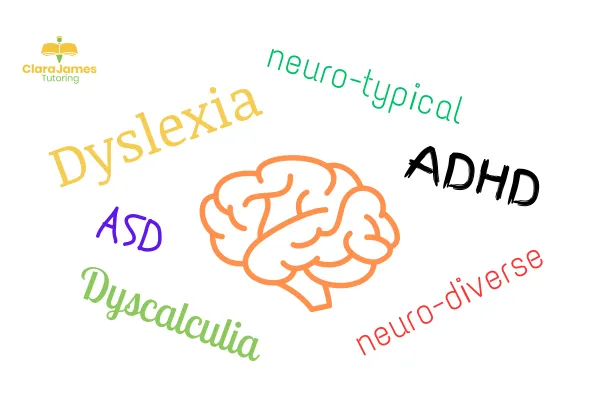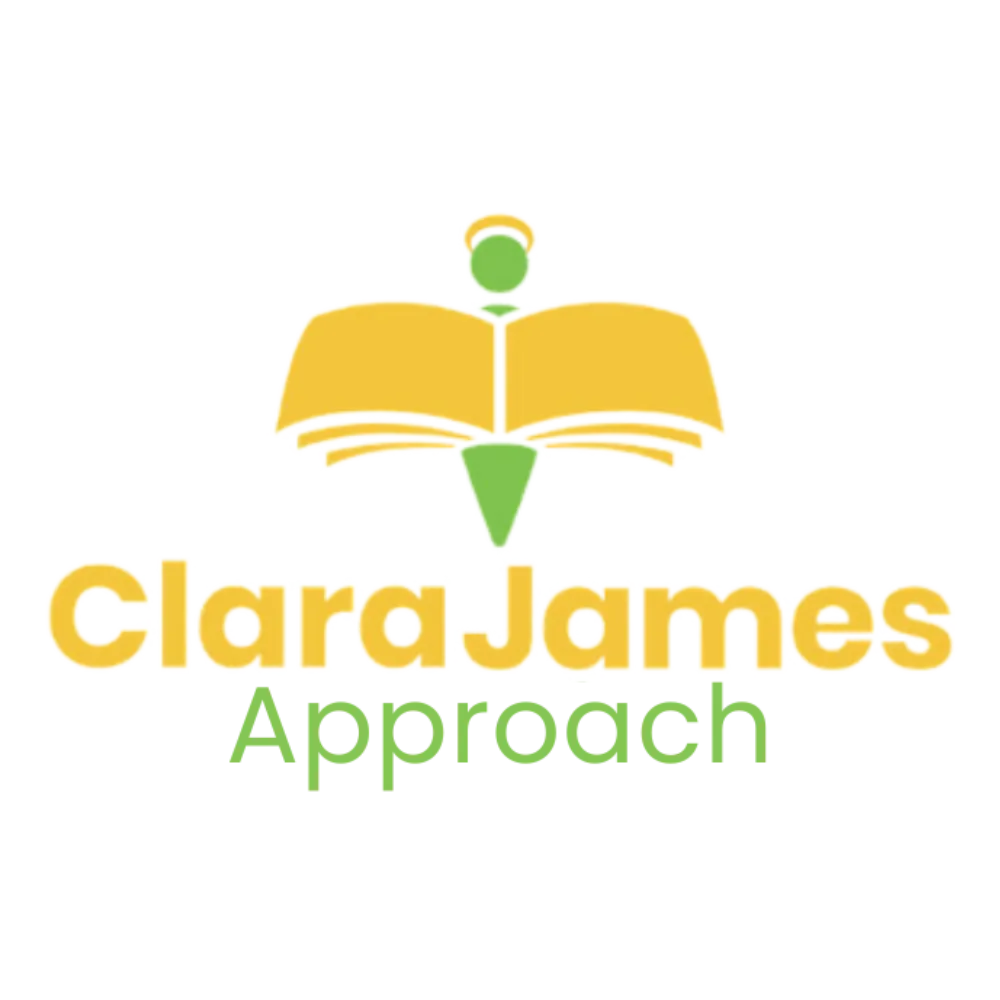EXPLORE, LEARN, EXCEL with
The Clara James Approach
BLOG PAGE
FRANCHISE

Tutoring children who are Autistic
Understanding Autism Spectrum Disorder (ASD) in Education
The other day I started to create the neurodiversity training for the Clara James Tutoring franchisees and wanted to share a summarised version of the first unit with you. I’ve split it into two with the first one aided at providing a better understanding for tutors as to what Autism is.
What is Autism Spectrum Disorder (ASD)?
Autism is considered a spectrum disorder, which means the characteristics can present in many different ways, though a core feature is that it affects how individuals communicate and perceive the world.
Some may be non-verbal, while others may talk for long periods about things they find fascinating, such as computers, trains, or dinosaurs.
Although understanding of autism has improved since the 1940s, there is still much to learn. If you're interested in the history of Autism, I suggest “Neurotribes: The Legacy of Autism and How to Think Smarter about People Who Think Differently”, by Steve Silberman.
Common Characteristics of Children with ASD
Delay in speech development
A monotonous or flat-sounding voice
Communicating in single words rather than full sentences or phrases
Often repeating set words or phrases
Some autistic individuals may show affection differently or have different ways of expressing it. This used to be a key indicator, but I would suggest not discounting those who are very affectionate, sometimes overly so.
Sensory Sensitivities and Social Interactions
They may not respond when their name is called, even if there is nothing wrong with their hearing.
They may appear to be overly dramatic or negative when asked to do something.
Sometimes they may seem rude, show little interest in others, or be unaware of personal space, but they may also be overprotective and intolerant of others encroaching on their space.
They may not enjoy situations such as parties and prefer playing alone rather than with others. For many, there is a noticeable lack of eye contact.
Some autistic people find comfort in repetitive actions such as rocking, flapping their hands, or flicking their fingers. Others find reassurance in playing with a certain toy in a specific way or adhering to routines, which, if disrupted, may cause anxiety and stress.
This is a just a summary of the unit, but I hope it will give you something to consider. If you are interested in reading further, I will be posting a second possibly more practical blog that goes deeper into how we can support those who are autistic when we are working with them. I hope you find them both interesting and helpful.
If you have any questions, do get in touch. Our email address is info@clarajamestutoring.co.uk
Stay Connected with Our Latest Stories and Updates!
Explore our blog for insightful articles, tips, and news to inspire and inform.
Whether you're seeking practical advice or simply a good read, our blog has something for everyone. Don't miss out on our fresh contents!
© Copyright 2022 The Clara James Approach

